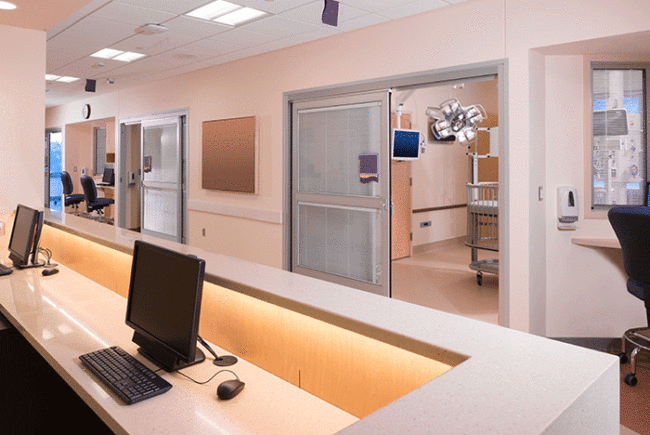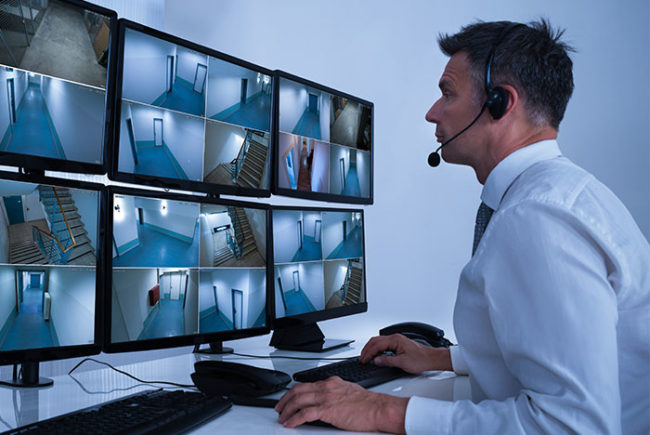Benjamin Franklin once said, “An investment in knowledge pays the best interest.” This could not be truer than in the realm of health care facilities management.
Resources
Next to human capital, facility infrastructure and operations are two of the highest costs for the health care facilities field. Why do companies not invest in human capital by providing continuous training to support costly infrastructure and equipment? Simple: Training is expensive and viewed as an expense, rather than an investment. But how expensive is it really?
The top three reasons people report for leaving their jobs are limited opportunity for career advancement; salary and incentives; and lack of training and development programs. The average cost to replace an employee is 30% of their salary. If an employee earns $40,000 annually, the cost to replace that employee is $12,000. Multiply that by the 19% average turnover rate, and very quickly training truly becomes an investment, rather than an expense.
Indeed, the expense occurs when companies fail to invest in employees. According to an article on shiftelearning.com, “Untrained and unhappy employees who feel that they are being underutilized are more apt to become frustrated with their job and less loyal to their company, meaning they will make more mistakes and fail to meet even minimum standards.” In a field that is ladened with regulations, codes and standards, this can be costly.
In addition to employee retention issues and increasing resource expenses, the Occupational Safety and Health Administration (OSHA) reports that hospitals are one of the most hazardous places to work. In fact, hospitals report more loss of work days due to injury than construction, manufacturing or private industry. Often, hospitals create training programs to meet the training requirement but fail to properly train staff to avoid injuries.
OSHA also reports, “Work in hospitals is dynamic and unpredictable. A worker must be prepared to respond or react to various situations with split-second decisions.” The job of the health care facilities staff is vitally important to the bottom line care of the individual patient, and they must be trained to reduce expenses and to meet the demand of providing lifesaving service.
The American Society for Health Care Engineering has created a number of staff training tools. To access them, visit the link in the box above.




